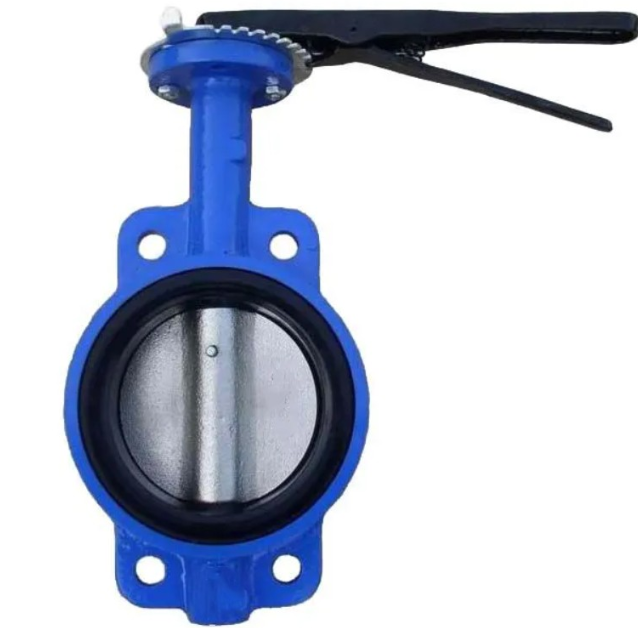gate valve flow
Understanding Gate Valve Flow Principles and Applications
Gate valves are widely utilized in various industrial applications for controlling the flow of fluids. Characterized by their simple design and efficient operation, these valves are particularly effective in allowing full, uninterrupted flow in pipelines when fully opened. Understanding the flow dynamics associated with gate valves is essential for engineers and operators to ensure optimal system performance.
At the heart of a gate valve’s operation is its gate—a flat disc-like structure that moves perpendicular to the flow direction. When the gate is raised, the pathway for the fluid opens, resulting in minimal turbulence and pressure drop. This is one of the primary advantages of gate valves; their design allows for a straight-line flow, making them suitable for applications where flow control and minimal resistance are critical.
However, the ideal conditions for using gate valves come with specific considerations. Gate valves are not typically used for throttling purposes. This is because partially opened gates can lead to flow turbulence, increased wear, and a significant risk of damage to the valve itself. Consequently, these valves are best suited for fully open or fully closed positions, functioning effectively in applications like water supply, oil and gas transport, and chemical processing.
gate valve flow

Another factor that greatly influences gate valve flow is the size and design of the valve itself
. The flow capacity of a gate valve is often represented by the valve’s Cv value, which indicates the amount of water (in gallons) that can flow through the valve per minute at a pressure drop of one psi. Selecting the right gate valve involves considering the Cv value in relation to the specific flow requirements of the system—too small a valve can lead to increased pressure drops, while too large can cause operational inefficiencies.Material choice is also critical in determining how a gate valve performs under varying flow conditions. Common materials include brass, stainless steel, and cast iron, each offering different levels of resistance to corrosion and wear. This resistance is vital in applications where the fluid characteristics can lead to erosion or chemical degradation over time.
In conclusion, gate valves play a vital role in managing fluid flow across various industries. Their ability to provide unobstructed flow, combined with the importance of careful selection based on application needs, ensures that they remain a preferred choice for fluid control. Understanding the dynamics of gate valve flow helps in achieving efficient and reliable system performance, ultimately leading to enhanced operational efficiency and longevity in pipeline systems.
-
The Key to Fluid Control: Exploring the Advantages of Ball Valves in Industrial SystemsNewsJul.09,2025
-
The Versatile World of 1, 2, and 3 Piece Ball ValvesNewsJul.09,2025
-
Stainless Steel Ball Valves: The Ideal Choice for Efficient Flow ControlNewsJul.09,2025
-
Optimizing Fluid Control with Ball Float ValvesNewsJul.09,2025
-
Manual Gate Valves: Essential for Control and EfficiencyNewsJul.09,2025
-
Everything You Need to Know About Butterfly ValvesNewsJul.09,2025
-
The Versatility of Wafer Type Butterfly ValvesNewsJul.08,2025




